The 15 World’s Best Cities For Green Space And Access To Nature, According To Locals
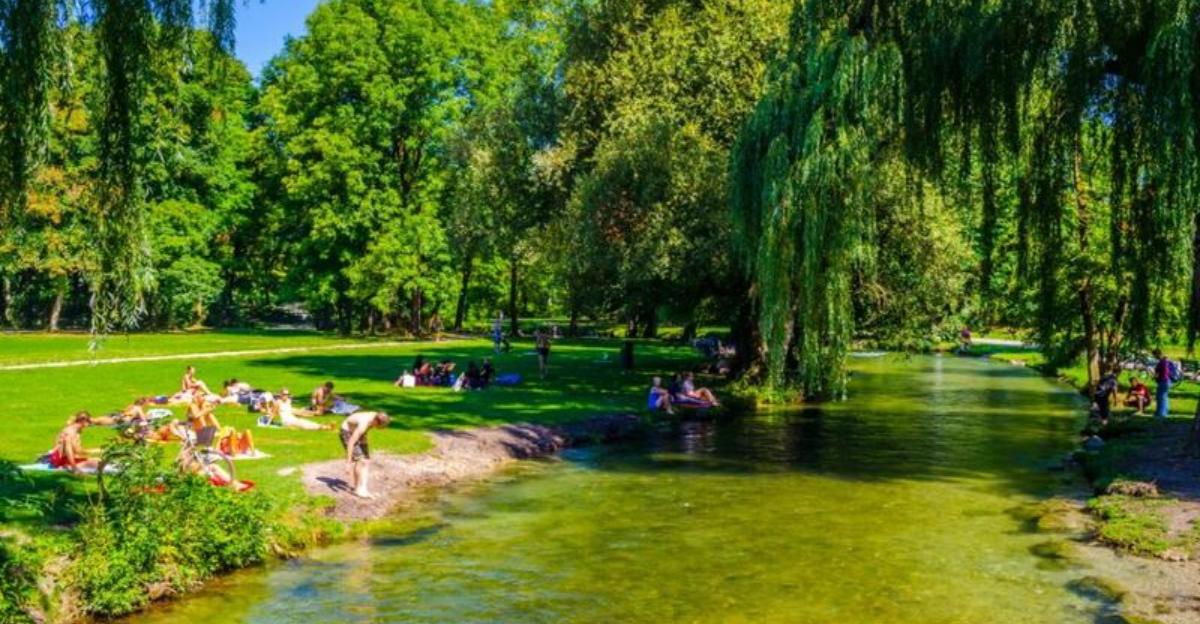
Imagine walking through a buzzing city where birdsong competes with traffic noise, and a short stroll leads you from skyscrapers to serene lakes or lush forests. Sounds like a dream, right? But in some cities, this balance between nature and urban life is a daily reality.
Places like Vancouver, with its mountain backdrop and oceanfront parks, or Singapore, where vertical gardens drape over futuristic buildings, prove that cities can be green without giving up their pulse. Even surprising contenders—like Oslo or Cape Town—blend vibrant culture with wild landscapes just minutes from downtown.
Personally, I’m always drawn to destinations where I can grab a coffee and then lose myself on a forest trail without ever needing a car. Nature shouldn’t be a weekend escape—it So, where would you go to find that perfect harmony of city buzz and nature’s calm?
1. Vancouver, Canada: Where Mountains Meet the Sea
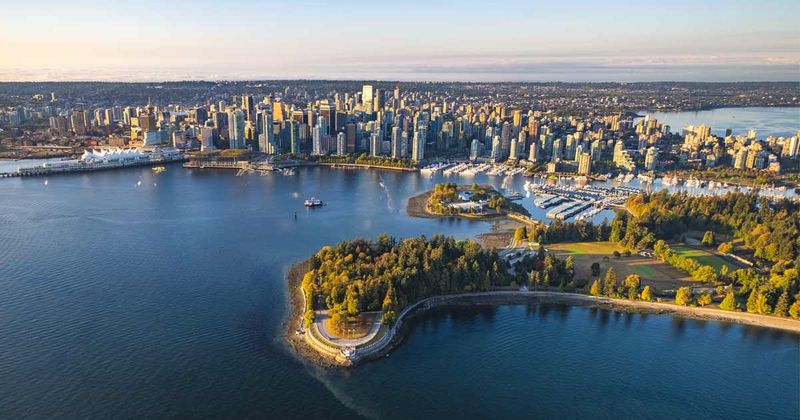
Surrounded by ocean and mountains, Vancouver truly earns its reputation as a natural playground, where locals embrace hiking, skiing, and kayaking all in a single weekend.
Stanley Park, a massive 1,000-acre urban forest, features towering cedar trees, beaches, and a scenic seawall that loops around the entire park. You’ll find locals jogging, cycling, and rollerblading here year-round.
Beyond downtown, residents enjoy quick access to world-class skiing at Whistler, hiking on the North Shore mountains, and kayaking along the coastline. The city’s commitment to maintaining green corridors makes nature accessible from virtually any neighborhood.
2. Singapore: The City in a Garden
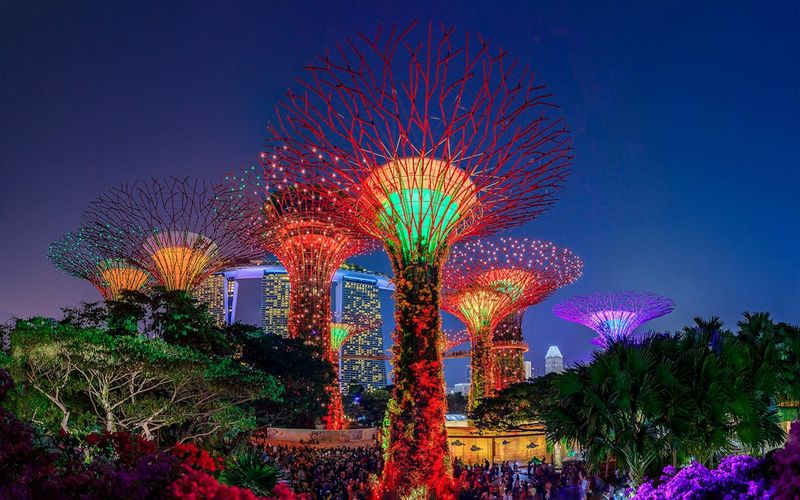
The phrase ‘City in a Garden’ comes to life in Singapore, where thoughtful planning has turned skyscraper canyons into blooming, livable spaces.
Gardens by the Bay stands as the crown jewel with its futuristic Supertrees reaching up to 16 stories high. These vertical gardens collect rainwater, generate solar power, and create a magical light show at night that locals never tire of watching.
Throughout the city, you’ll discover over 350 parks and gardens connected by 300km of green corridors. The impressive thing? Almost every resident lives within a 10-minute walk of a park, making daily nature connections part of Singaporean life.
3. Portland, Oregon: America’s Greenest City

Known for its environmental ethos, Portland sets itself apart with policies that prioritize sustainability — including strict limits on urban expansion.
Forest Park, one of America’s largest urban forests, stretches over 5,200 acres with more than 80 miles of trails where locals hike, run and mountain bike. Downtown’s waterfront park hosts farmers markets and festivals along the Willamette River.
What makes Portland truly special is how nature weaves through everyday life. Rain gardens capture stormwater, green roofs top buildings, and community gardens flourish in neighborhoods. With over 10,000 acres of parks, Portlanders enjoy nature as part of their daily routine.
4. Oslo, Norway: The Forest Capital
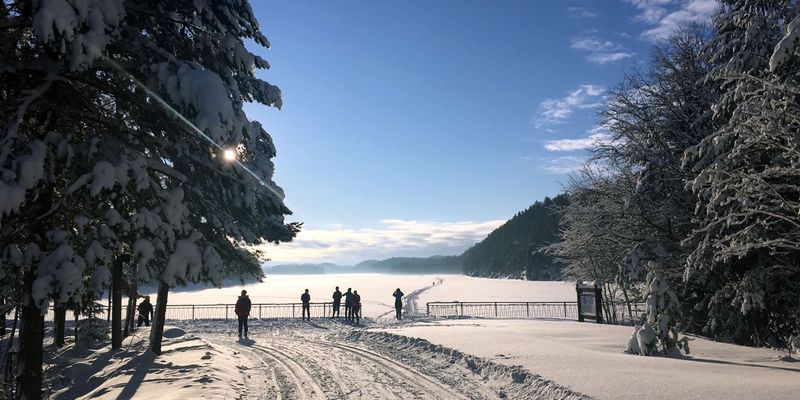
Oslo’s residents enjoy an extraordinary privilege – two-thirds of their city is protected forest. The vast Nordmarka forest begins right at the city’s edge, creating a natural playground that locals use year-round for hiking, skiing, and berry picking.
During winter, Oslo transforms into a snow-sports paradise with cross-country ski trails lit up after dark. When summer arrives, the city’s numerous beaches along the Oslo Fjord fill with swimmers and sunbathers enjoying the long daylight hours.
A remarkable feature is Oslo’s commitment to making nature accessible to everyone. The city’s efficient public transport system delivers residents to trailheads and beaches, while the “allemannsretten” law guarantees everyone’s right to roam freely in natural areas.
5. Wellington, New Zealand: Compact City, Boundless Nature
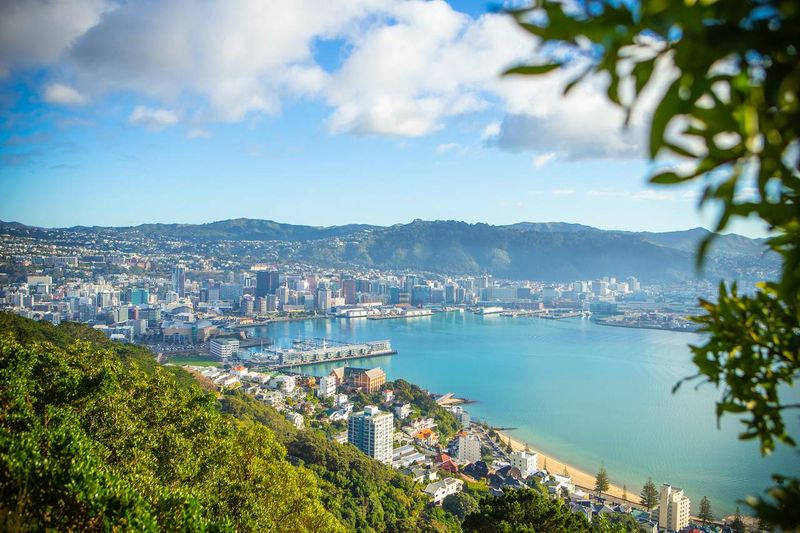
Surrounded by green slopes and coastal views, Wellington balances big-city culture with the tranquility of a town set in a nature reserve.
The Town Belt, a 425-hectare green corridor, circles the city center providing easy escapes into native bush. Locals call Wellington ‘the walkable city’ because natural areas are never more than a 15-minute journey from anywhere downtown.
Zealandia, an incredible urban ecosanctuary, has reintroduced native birds that had disappeared from the mainland. Now, residents wake to the songs of tui and kaka birds even in central neighborhoods. The city’s compact design means you can be mountain biking, swimming, or bird watching minutes after leaving your office.
6. Zurich, Switzerland: Urban Sophistication Meets Alpine Wilderness
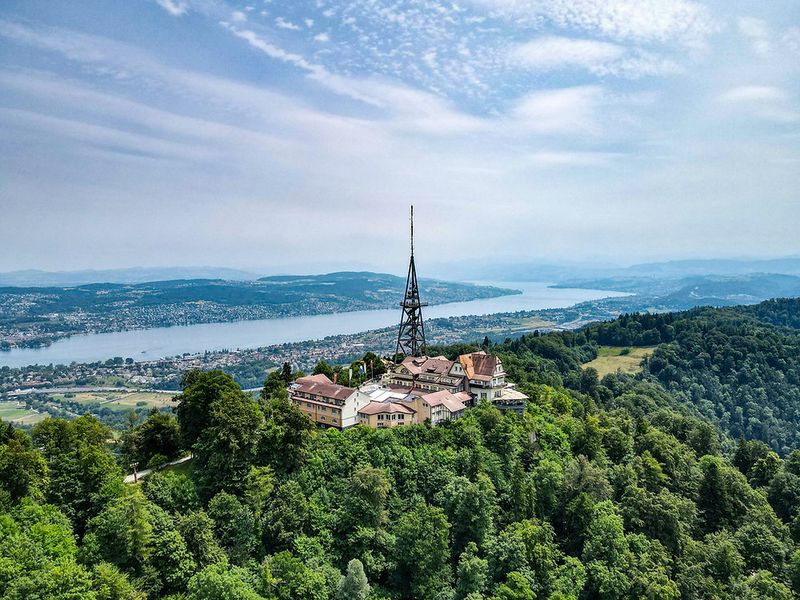
The rhythm of life in Zurich includes crystal-clear waters and clean air, with Lake Zurich acting as a daily escape for swimmers, sunbathers, and commuters alike.
Uetliberg mountain stands sentinel over the city, offering hiking and mountain biking just minutes from downtown. In winter, it transforms into a sledding paradise where families spend weekends racing down snowy slopes.
What makes Zurich special is how seriously it takes its green spaces. The city maintains strict environmental standards and preserves ancient forests within city limits. Nearly one-third of Zurich consists of forests, parks, and nature reserves. With excellent public transportation, residents can reach the Swiss Alps in under an hour for weekend adventures.
7. Melbourne, Australia: The Garden City Down Under
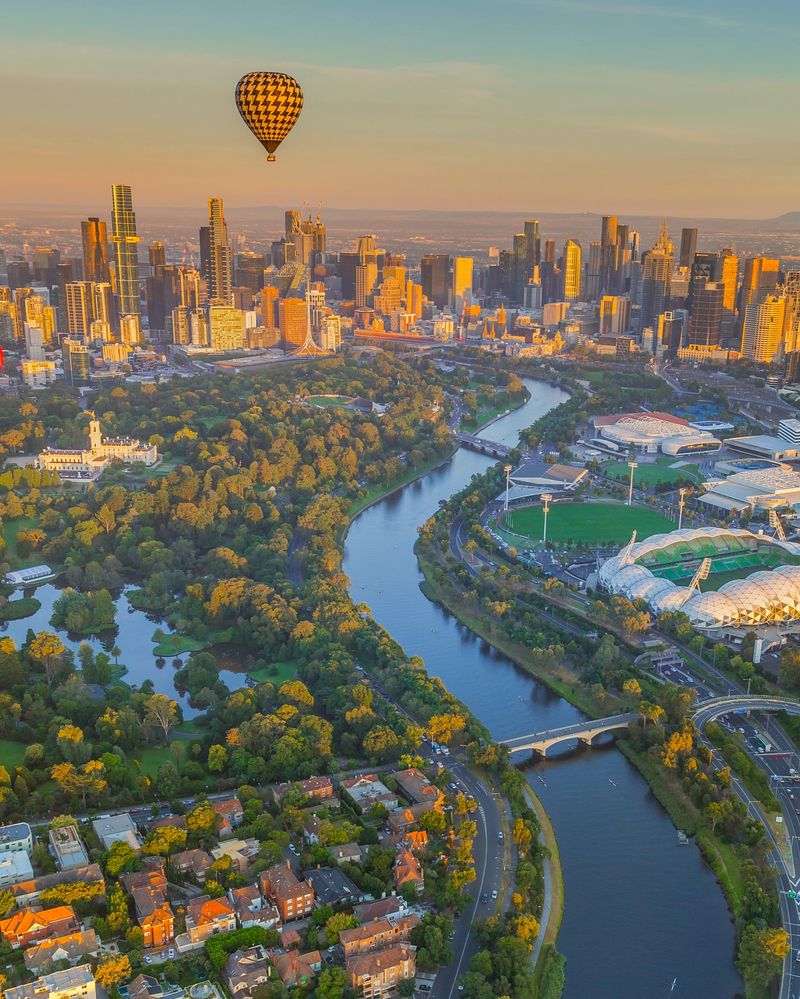
For residents of Melbourne, nature isn’t a luxury — it’s part of daily life, especially in the Royal Botanic Gardens where jogging paths and picnic spots weave through lush landscapes.
Yarra River trails connect neighborhoods through corridors of native eucalyptus trees. On weekends, you’ll find Melburnians biking, running, or kayaking along the river that winds through the city center.
The city’s commitment to urban forests has created a network of leafy streets and neighborhood parks. Melbourne’s famous “four seasons in one day” climate means that gardens change dramatically throughout the year, giving residents ever-changing natural scenery. With over 480 hectares of parkland in the city center alone, green space is never far away.
8. Stockholm, Sweden: The Archipelago City

With the Baltic Sea on one side and Lake Mälaren on the other, Stockholm thrives at the intersection of nature and city, offering locals easy access to water all year round.
Djurgården, a former royal hunting ground, now serves as a massive urban park where Stockholmers stroll through oak forests and meadows. The city’s innovative approach includes numerous swimming spots with water clean enough for fishing right in the heart of downtown.
Beyond the city center lies an archipelago of 30,000 islands that residents explore by ferry year-round. Many Stockholmers own or share summer cottages on these islands, making weekend nature retreats part of their lifestyle. The Swedish “allemansrätten” (right to roam) ensures these natural spaces remain accessible to everyone.
9. Taipei, Taiwan: Mountain City Reimagined
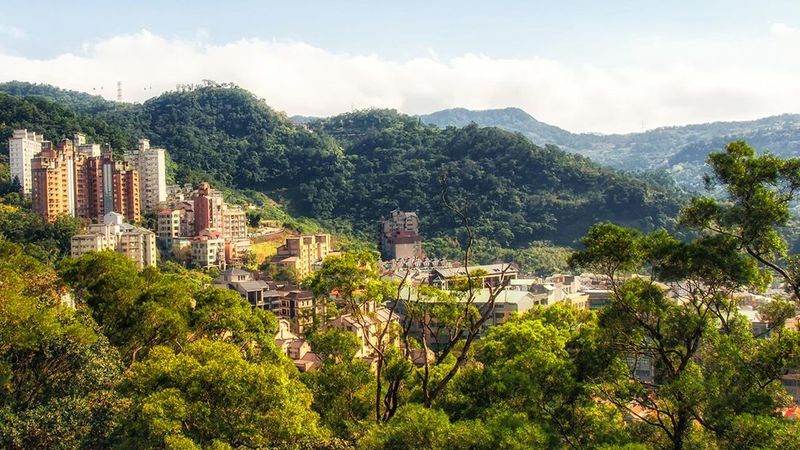
Nestled in a mountain-ringed basin, Taipei offers city dwellers immediate access to nature — hiking trails begin just steps from busy streets.
Yangmingshan National Park reaches right to the city’s edge, offering volcanic landscapes, hot springs, and cloud forests just a short bus ride from downtown. After work, residents often head to riverside parks that stretch along the Tamsui, Keelung, and Xindian rivers.
Community involvement makes Taipei’s green spaces special. Neighborhood groups maintain urban gardens and parks, creating personal connections to these spaces. The city has transformed former industrial areas into ecological parks, like Taipei Botanical Garden and Daan Forest Park, providing peaceful retreats amid the bustling metropolis.
10. Helsinki, Finland: The Forest-Loving Capital
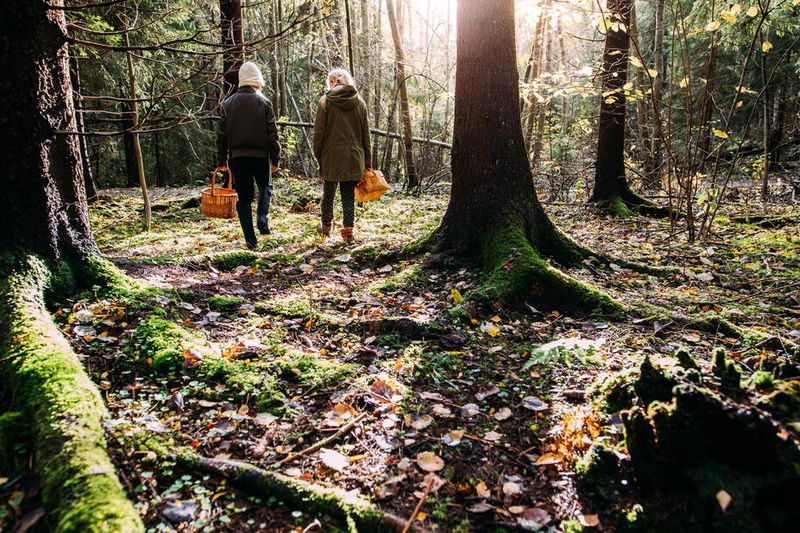
Despite being Finland’s capital, Helsinki offers a lifestyle rooted in nature, where urban life unfolds among trees, trails, and quiet coastal inlets.
Central Park stretches nearly 10 kilometers through the city, providing a green corridor where locals ski in winter and forage for berries and mushrooms in summer. The city’s coastline features numerous islands accessible by public ferries, where residents escape for swimming and picnics.
What makes Helsinki unique is the integration of nature into daily life. Schools conduct lessons outdoors regardless of weather, and workplaces often organize meetings in parks. The Finnish concept of “everyman’s right” ensures everyone can freely enjoy natural areas, making nature part of Helsinki’s cultural identity.
11. Kyoto, Japan: Where Ancient Gardens Meet Forest Temples
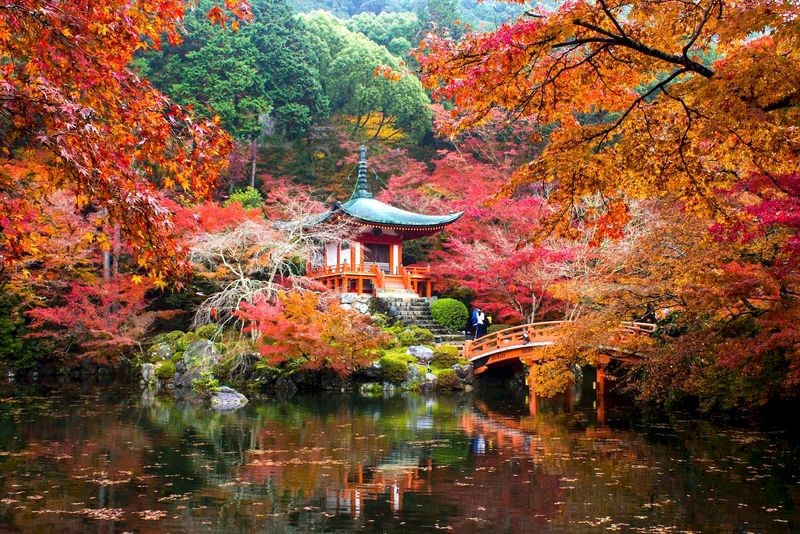
Kyoto balances urban life with centuries-old green spaces that reflect Japanese philosophies about nature. The ancient capital’s carefully preserved gardens serve as living museums where locals find peace amid perfectly arranged stones, moss, and maple trees.
Surrounding the city, forested mountains create a natural boundary that residents explore via well-maintained hiking trails. The Kamo River flows through central Kyoto with wide banks where families picnic and students study under cherry blossoms in spring.
Kyoto’s approach to nature feels different from Western cities – here, even small spaces achieve profound natural beauty through careful design. Neighborhood temples maintain public gardens that change dramatically with the seasons. Locals develop deep connections to these spaces, visiting regularly to observe subtle seasonal shifts in their favorite maple tree or moss garden.
12. Cape Town, South Africa: Where Table Mountain Reigns
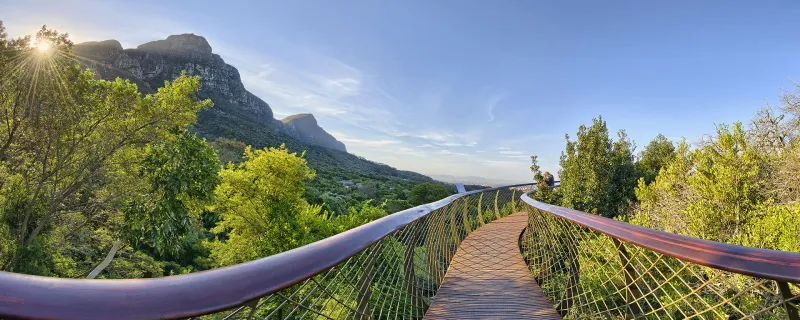
Cape Town offers an extraordinary setting where mountains plunge dramatically into the ocean. Table Mountain National Park forms the backbone of the city, with hiking trails and cable cars providing easy access to stunning views that locals never take for granted.
Kirstenbosch Botanical Gardens showcases South Africa’s unique fynbos vegetation against the eastern slopes of Table Mountain. Residents often spend weekends exploring the Cape Peninsula’s beaches, forests, and wildlife areas that stretch south from the city center.
The city’s commitment to biodiversity conservation makes Cape Town special. Despite being a major urban center, you’ll find penguins at Boulders Beach and baboons in the suburbs. Capetonians embrace this wild side of their city, understanding that they share their spectacular landscape with diverse wildlife.
13. Medellín, Colombia: The City of Eternal Spring
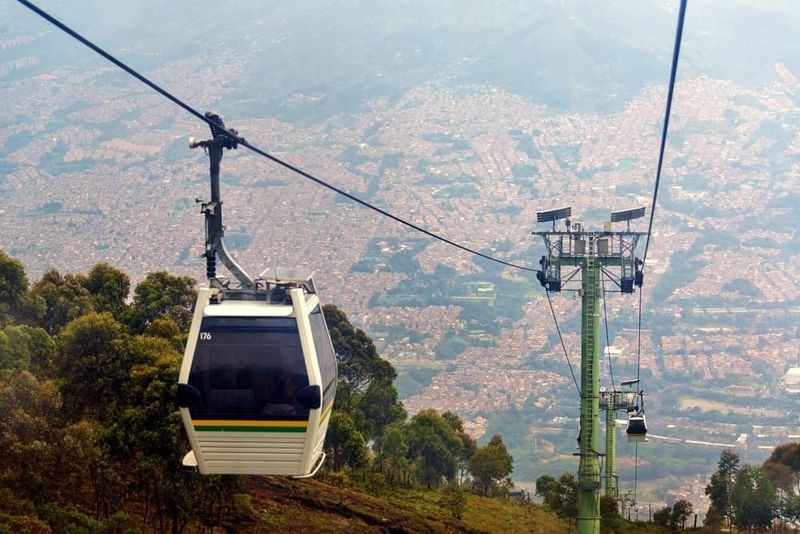
From violence to visionary, Medellín’s journey stuns visitors — its mild climate and commitment to sustainability have turned it into a model of urban regeneration.
Arví Park, an ecological nature preserve connected to the city by cable car, gives residents access to 16,000 hectares of forest. Downtown, the city created innovative “green corridors” along streets and waterways to reduce heat and improve air quality in formerly concrete-dominated neighborhoods.
Community involvement makes Medellín’s approach special. Local “green committees” help maintain urban gardens and parks, creating ownership and pride. The city’s award-winning public transportation system, including cable cars that serve hillside communities, connects residents to green spaces throughout the valley, democratizing access to nature.
14. Munich, Germany: The City of Urban Gardens
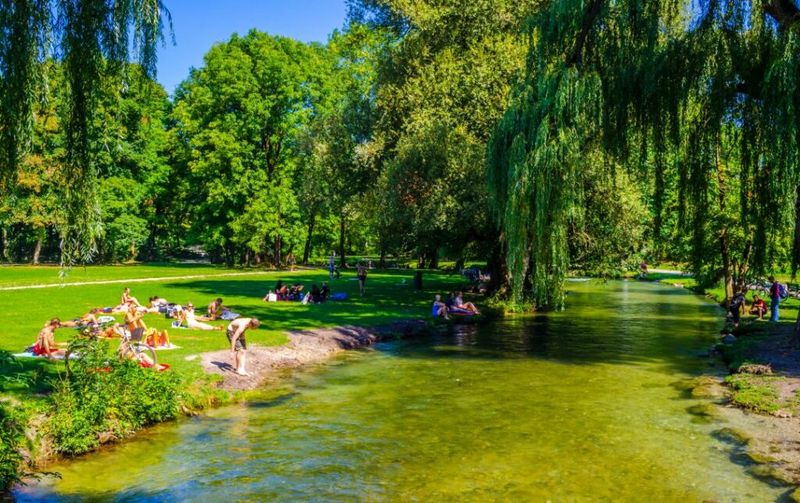
Munich residents treasure their English Garden, one of the world’s largest urban parks. Larger than New York’s Central Park, this green oasis features streams, lakes, beer gardens, and even a standing wave where locals surf year-round.
The Isar River flows through Munich with restored natural banks where people barbecue, swim, and sunbathe. The city transformed former industrial areas into community gardens and parks, creating green spaces in every neighborhood.
What makes Munich special is how nature integrates with daily life. Biergartens nestled under chestnut trees serve as community gathering spots. The city’s excellent cycling infrastructure connects parks and green spaces, making car-free nature access easy. With the Bavarian Alps visible on clear days and accessible within an hour, Munich offers the perfect balance of urban convenience and natural beauty.
15. Edinburgh, Scotland: A City Built Around Ancient Geology
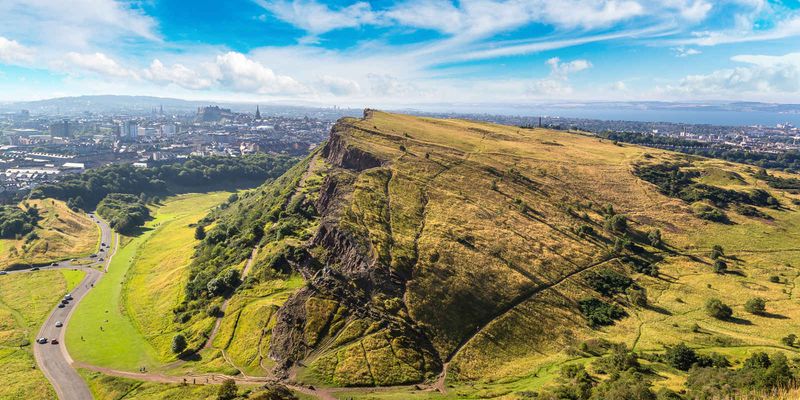
Few cities offer such a striking contrast as Edinburgh, where you can hike an extinct volcano and wander medieval streets all in the same afternoon.
The Water of Leith walkway provides a peaceful 12-mile path through the heart of the city, where locals spot kingfishers and herons while commuting on foot or bicycle. The Royal Botanic Garden Edinburgh houses plants from around the world in its 70-acre sanctuary.
Edinburgh’s approach to green space reflects Scottish pragmatism – these aren’t manicured parks but wild, functional landscapes. Holyrood Park feels genuinely rugged despite being surrounded by the city. With the Scottish Highlands just a short train ride away, Edinburgh residents enjoy both urban convenience and easy access to some of Europe’s most spectacular wilderness.
